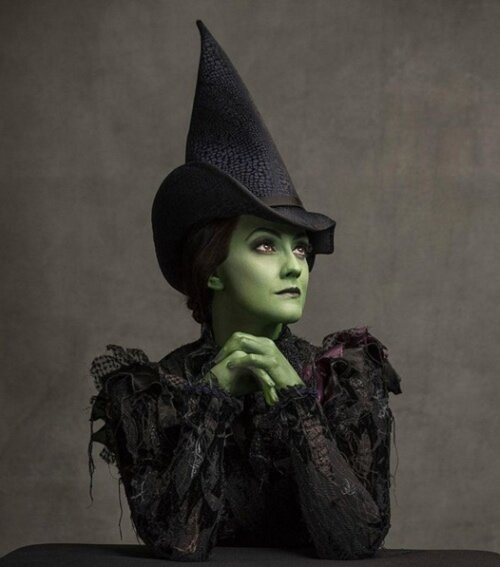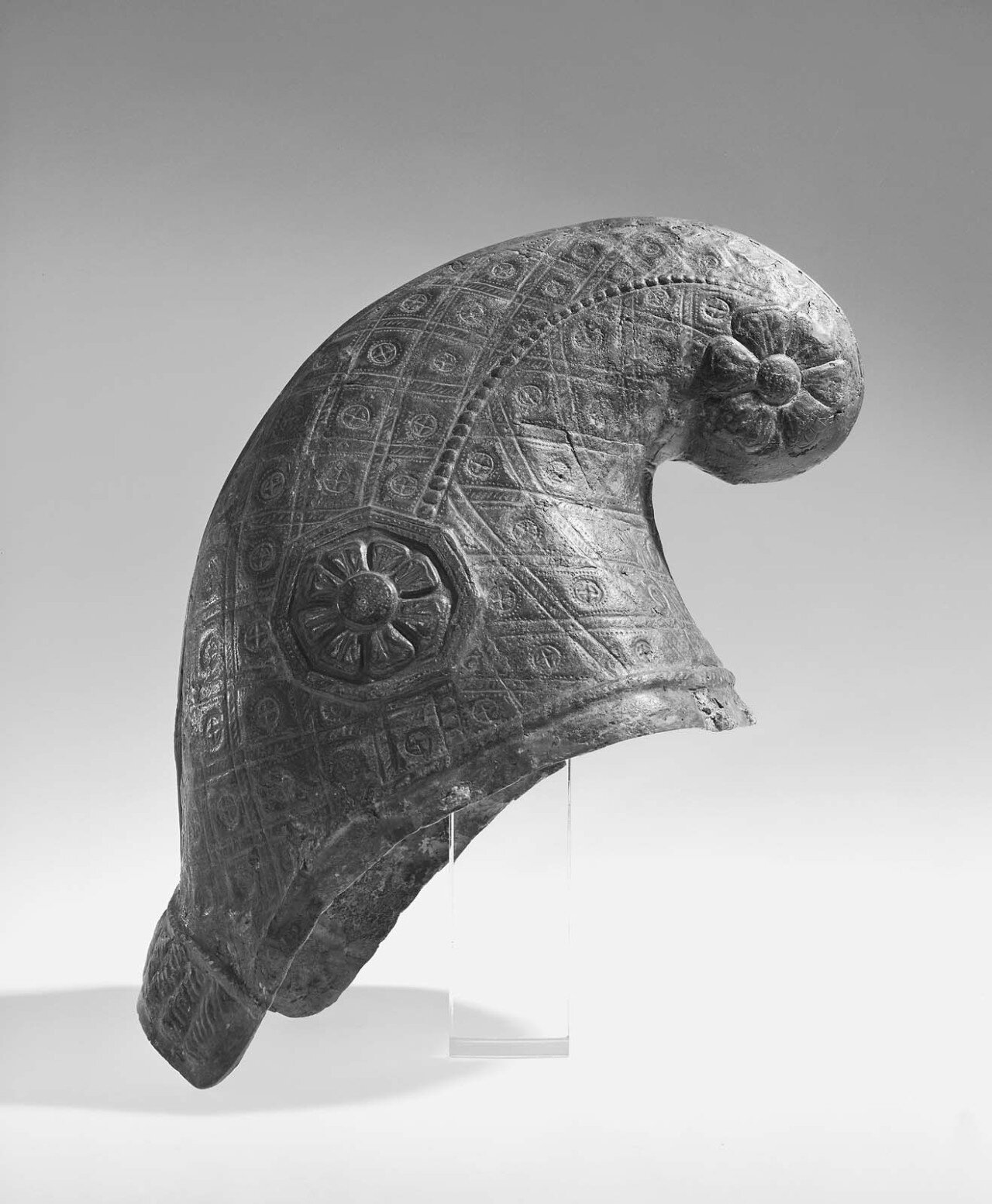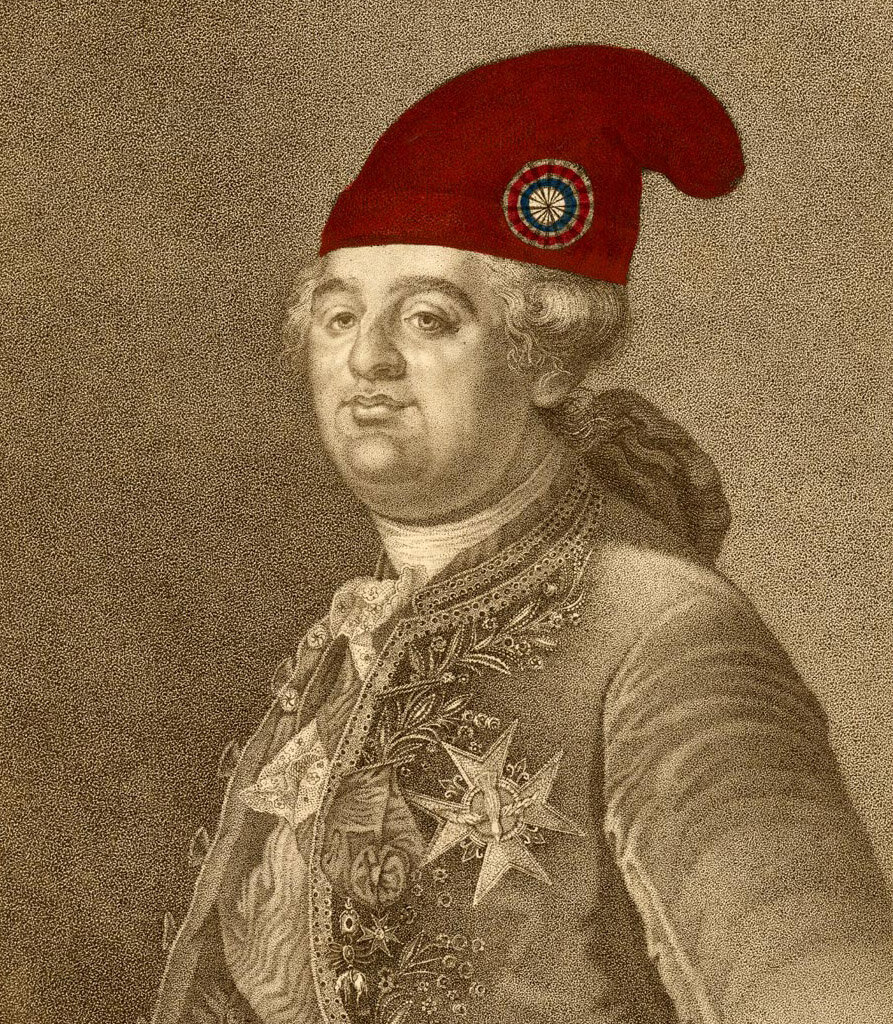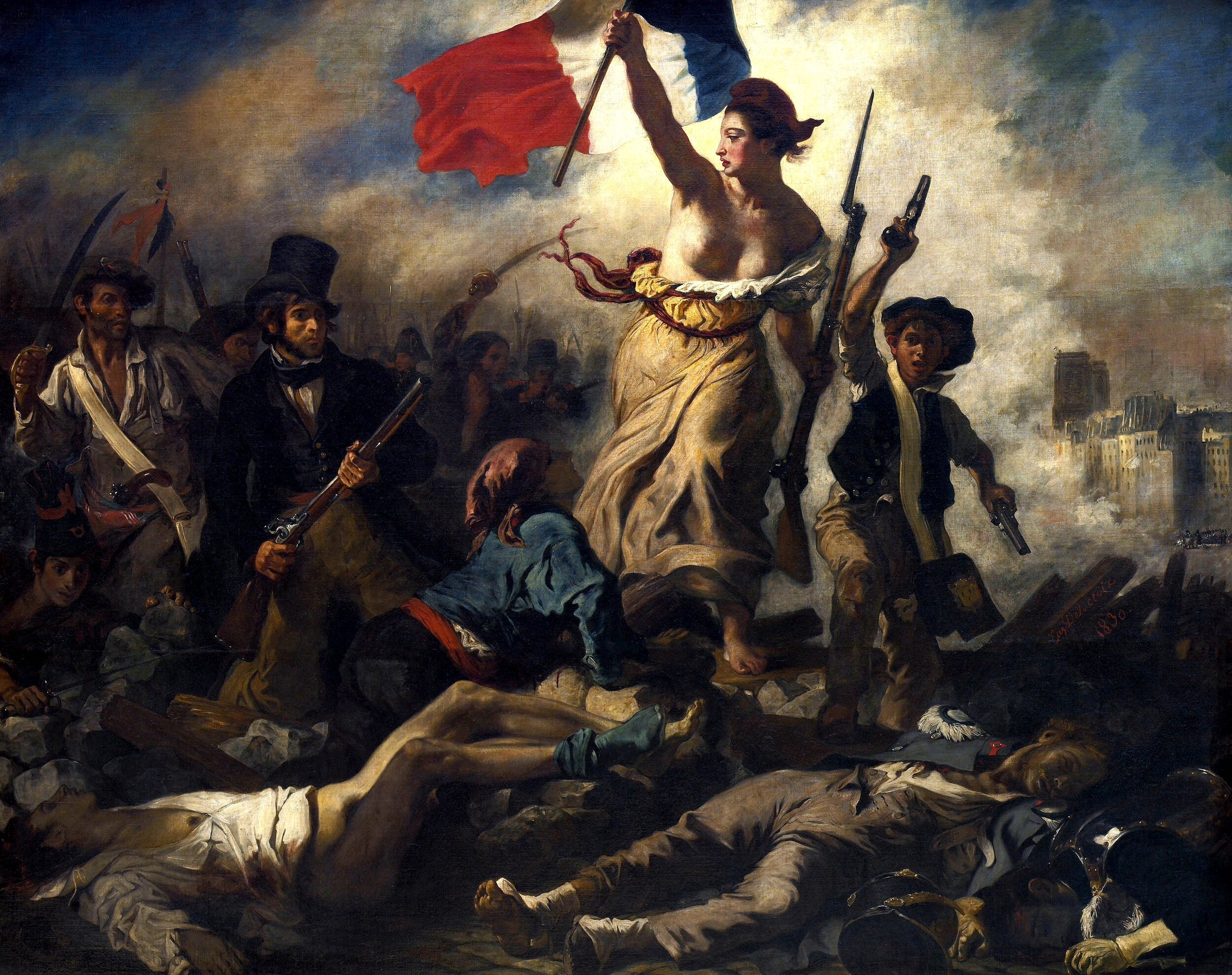Three strange hats with a serious history.
Here at The Hatterist, we are constantly caring about your hat knowledge. Here are three hats we now think of as whimsical but have more serious historical significance.
The Smurfs all wear Phrygian caps.
The headgear that we see the Smurfs wearing has a long, long history. Twenty-four hundred years ago, there are depictions of the cap. King Midas is often portrayed wearing a Phrygian cap. In one iteration of his legend, he judges a playing contest between Apollo and Pan; he sides with Pan and is given donkey ears. Because he has “ass” ears, he wears the cap to cover them up.
Later, the caps acquired a more profound significance. Legend has it that the Romans gave such a cap to their slaves when they were freed. The hat became a symbol of liberty. During the French Revolution, the revolutionaries would put on a red Smurf cap (often turned backwards) as a symbol that they wanted freedom. This earned them the nickname of the “bonnets rouges.”
Although Phrygian caps are undignified these days (because of the damn Smurfs), the designers of the emblems of the United States created the logo before the Smurf stories came out. They appreciated the symbolism of the Phrygian caps. You’ll find “Smurf caps” worked into the old seal of the War Department, symbolizing that Americans will fight for physical liberty, and sculpted into the decorations on the Library of Congress, illustrating the need for artistic and academic freedom.
The Witches’ Hat was code for “Evil Outsider”.
If you want to know why the Wicked Witch of the West wore a hat like a serving platter with a cone on it, you’re going to have to settle for an ambiguous answer. There are many different theories about why witch hats are shaped as they are, but they all have one thing in common: they are all caricatures of outsiders. Some say that they are anti-Semitic stereotypes. In the 13th century, the Pope required all Jews to wear horned hats so no one would mistake them for Christians.
But also, in the 1700s, Quaker women who preached in public would wear tall hats that looked a little bit like the witches hats. In the Puritan society of the North American colonies, women who dared to preach found themselves very unwelcome — and in fact, that was one of the many kinds of disruptive behaviour on the part of certain women that led to the Salem Witch Trials.
Neither of those hats is strictly the cone hats, but they weren’t supposed to be. The hideous, hunched, evil, screeching outsider is an exaggeration of those people. An artist attempts to keep the basic look while turning them into something both ridiculous and insidious. The witch costumes today are probably a parody of racial and religious persecution from centuries past.
French maids wear symbols of Revolution on their heads.
Think of every “sexy French maid” costume you’ve ever seen.
There’s always a weird little lacy hat on her head. That’s called a “mob cap,” which symbolizes a woman’s willingness to beat you to death with a garden rake or institute a system that leads to being tried in an afternoon and beheaded. The mob cap got its name because the lower-class women, who worked in kitchens, factories, and hospitals, generally anywhere it was important not to get their hair in their work, wore white hair-covering caps with a bit of a frill on them. When they went out into the streets to riot as a mob, they wore their caps.
Even before the French Revolution, mob caps were in style. Writers like Rousseau made simplicity and nature and homeliness a fashion, and even upper-class women sometimes wanted to keep their hair out of their face. Their mob caps were heavy on silk, frills, and ruffles. The Revolution made these white caps even more fashionable, but being French, they decided they could use a slight improvement. Mob caps shrank, both for ladies and their maids, who were expected to look as fashionable as the rest of the household. So, when we see tiny little maid hats on Halloween or the covers of steampunk novels, we see the last remnants of the French Revolution. (Technically, though, the hair-covering paper-like caps that nurses and doctors wear today can still be called mob caps.)
Written by: Esther Inglis-Arkell.
Check out more hat histories here. Originally published on: Gizmodo.com















Meet Nadia Valavanis, founder and creator of BSVII ( BS- seven), who fuses her love of psychology and craftsmanship to turn her customer’s stories into stunning creations.